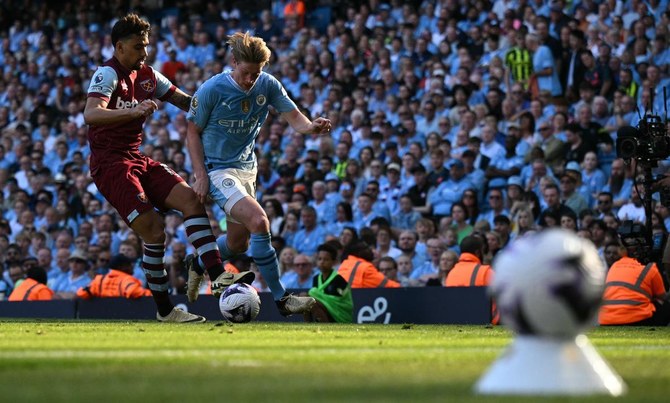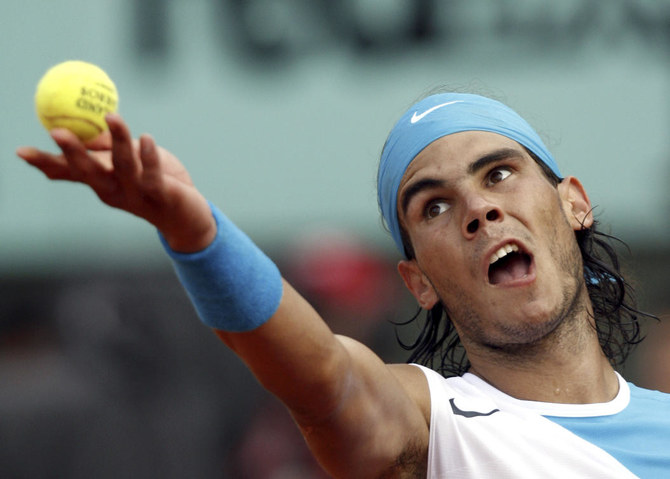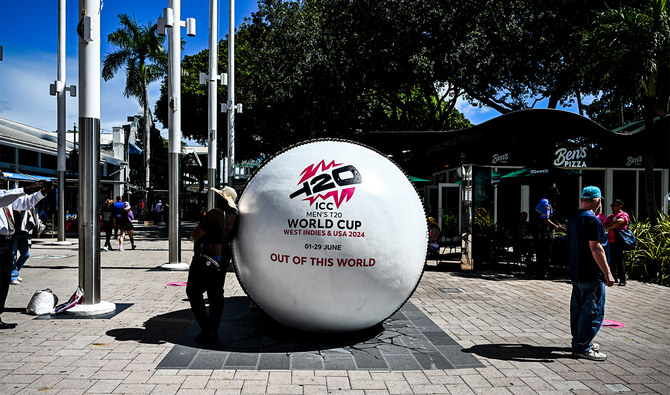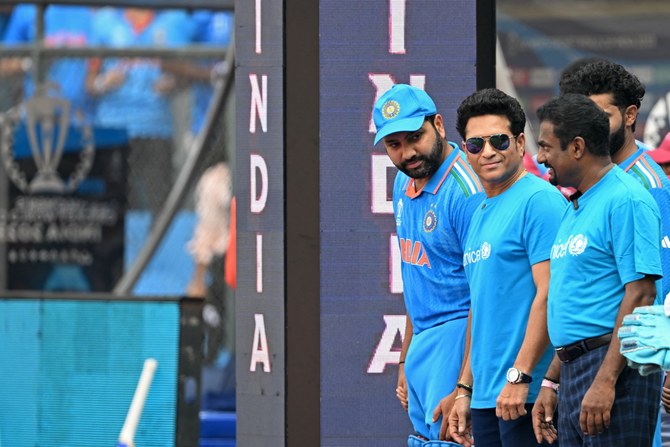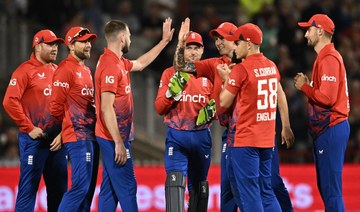PEBBLE BEACH, California: Justin Rose had a different set of goals at the start of the year.
His back was starting to become bothersome. His world ranking sank to its lowest point in 13 years. And he had reason to wonder if he would spend the first full week in April somewhere other than Augusta National.
All that changed Monday morning when Rose capped off a long week at the AT&T Pebble Beach Pro-Am with three quick birdies and four steady pars that gave him a three-shot victory, his first in four years.
Along with the crystal trophy — his 11th on the PGA Tour, 23rd worldwide — and the $1.62 million prize comes an invitation to the Masters. Rose has been eligible for every major dating to St. Andrews in 2010, a streak he did not want to end.
“Augusta’s definitely been a big part of being on my mind,” Rose said after closing with a 6-under 66 in cool but pristine conditions at Pebble Beach. “I thought the simple way to approach it was try to play my way into the top 50 in the world ... claw my way up the world rankings and make it that way.
“Obviously this,” he said, tapping the crystal on a table next to him, “is a better way to make it by winning a tournament. So yeah, big relief from that point of view.”
The wind-delayed tournament forced a Monday finish, and Rose had staked himself to a two-shot lead Sunday night with an eagle-birdie-par stretch along the ocean.
And then he delivered a knockout punch early to as many as a dozen players who were within three shots of the lead at various points on the course.
After a good two-putt par on the 10th to resume his round, Rose holed a 25-foot birdie putt on the 11th, a 20-foot birdie putt on the 13th and then hit a wedge to the back shelf on the par-5 14th to 8 feet for a third birdie.
From there, it was about playing it safe and soaking up the views.
For all the weather this week — and it was everything, all the time — the final three hours featured a stunning blue sky and big surf, waves crashing into the rocks and adding to a scenery that already is among the best in golf.
Rose finished three shots clear of Brendon Todd (65) and Brandon Wu (66).
“An incredible week from start to finish with so much happening in my favor,” Rose said.
The 42-year-old from England had not won since Torrey Pines in 2019, when he was No. 1 in the world. He finished last year at No. 76, his lowest point since early in 2010.
“Amazing how long it’s been,” said Rose, whose victory moved him to No. 35.
The back nine, so difficult in the final hours Sunday evening, was hardly a threat Monday morning. The wind was light and coming from the opposite direction, if anything at the players’ backs instead of into them.
The weather played a big role all week, and no one benefited quite like Rose.
He was six shots out of the lead and going nowhere, facing the strongest wind of the week on the Shore course at Monterey Peninsula, when he hit 5-wood into the par-3 ninth to 3 feet. Before he could mark his ball, the wind blew it some 4 feet farther away.
That was enough for officials to halt play — the ninth and 15th greens at Monterey Peninsula were the problems — on all three courses in the rotation. Rose returned Sunday morning and made what then was a 7-foot birdie putt.
What would have been the odds of him winning if golf balls — his and others — were not blowing around at that point?
“It hurts them considerably. Yeah, that was a break,” Rose said. “I guess if you are out here long enough on tour, occasionally you catch a good break. So that was a good one.”
He played those final 10 holes in 6 under for a 65 to take the lead, and then a pivotal stretch Sunday evening gave him a cushion. Rose took it from there, a masterclass weekend of iron play and great putting.
Denny McCarthy was two shots behind when play resumed and had birdie chances on the 16th and 17th that he couldn’t covert. He wound up with a 64 and finished four shots behind, along with Keith Mitchell (68) and Peter Malnati (69).
This week of weather was more about wind than rain, although Pebble offered a little of everything. At one point on Sunday, there was rain, wind, hail and sunshine, all within a one-hour window.
That was all a distant memory when Rose finished with a smile as bright as the sun.
“Just that walk up 18, to be able to build a bit of a lead, to kind of enjoy it, was a very special moment,” he said. “Think when you’re a bit starved for a win as well, the fact that it came today on a weather day like we had and at a venue that we had today was just worth waiting for.”






